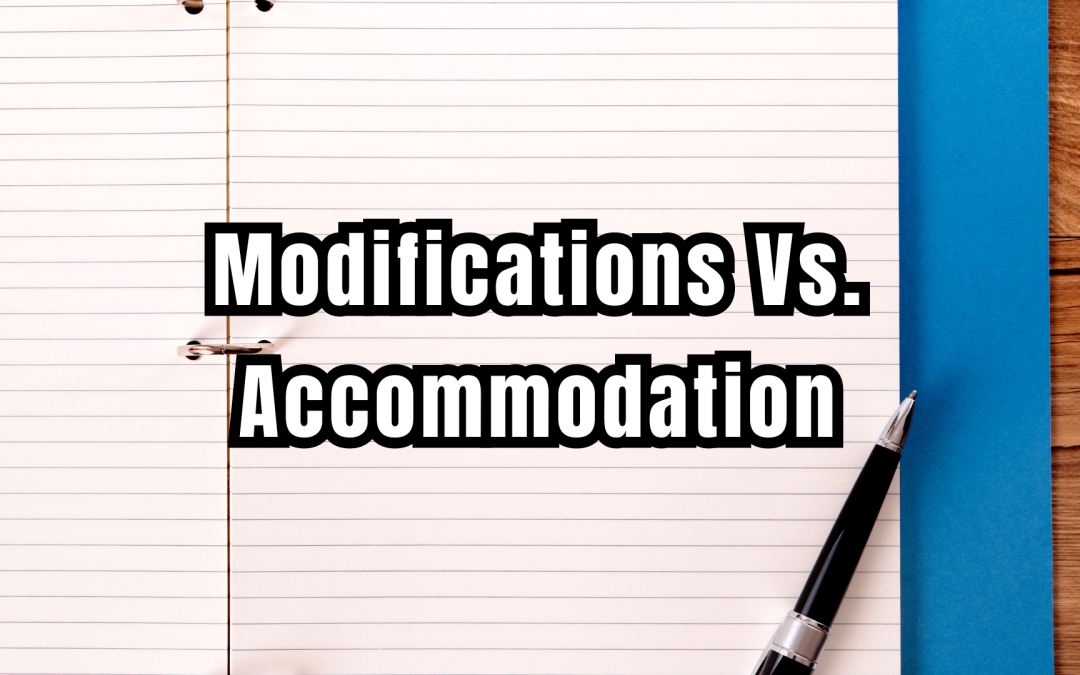Many parents do not really think about the teaching and learning methods used for their kids as it is usually a very traditional method of teaching. Some parents choose private schools for specific areas of study, but if their child is learning well, there usually is no reason to think more about it. But if your child is struggling to understand the material, or has been diagnosed with a learning disability of some kind, this can mean you may need some alternative ways to teaching.
Accommodations
Every child in every class is going to have the same set of curricula per grade to learn and study throughout the school year. There are no ifs, ands, or butts about it in the teaching world, and every teacher will try their hardest to give each student the individual attention they need to pick up the material and learn. Some children may have a hard time understanding the material or the methods used in getting the lesson across.
When a child has a slight disadvantage to the learning style, parents and teachers can come together and figure out a plan of action. These are usually referred to as accommodations for students. They are typically a change in the techniques or ways in which a teacher instructs their students. This could be something as simple as your child being more of a visual learner, while their teacher uses more verbal techniques to teach. They may introduce more pictures and handouts for your child so they can better keep up with the material and stay on track.
Modifications
When a child is having difficulty keeping up with the material and curriculum no matter how the teacher spins the information, then they would need what is called a modification. Depending on what your child is facing, these modifications could be smaller or larger, but are more of a direct change to the curriculum that they are currently learning. If they are struggling to learn the material completely, then a sort of remedial curriculum could replace their current one. A whole subject, like math, could be replaced with a grade lower to ascertain how much your child learned previously and where they may be getting stuck today. These are examples of modifications, where the material itself is changed and not just the way it is taught. This can be very useful for children who are struggling with a learning disability and feel behind in their current classroom.
Before trying out any modifications, it is best to sit down with your child’s teacher and gain more insight into how they are learning and where the challenges are coming from before setting a plan in place.
Katie Kyzivat

